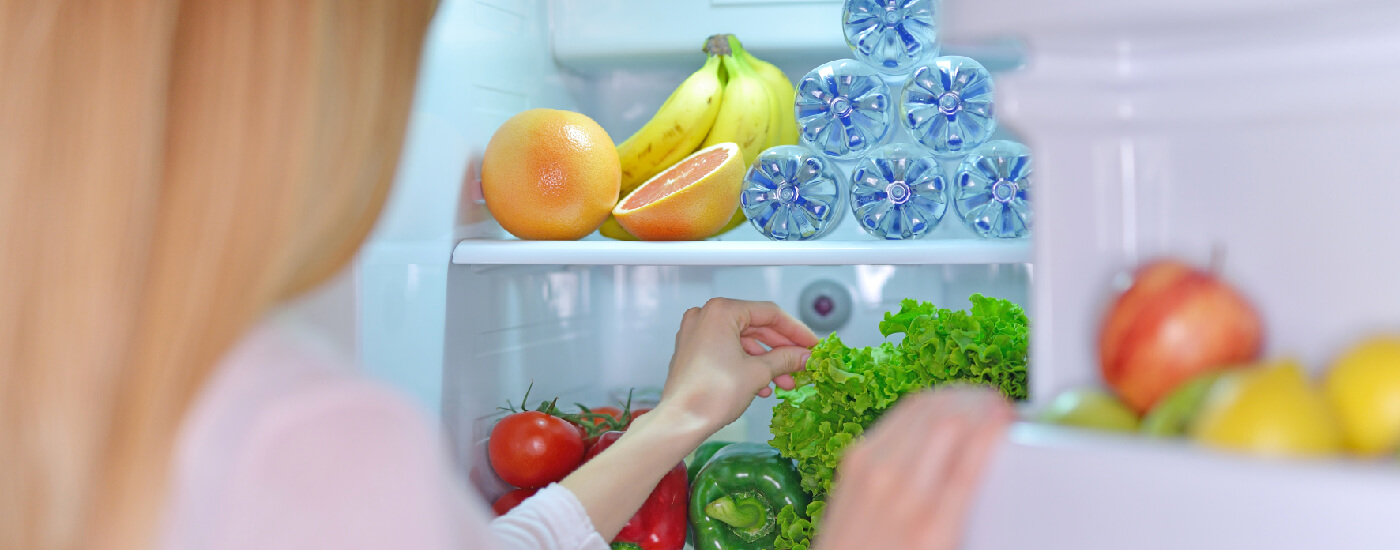Ways Of Preventing Cross-Contamination In Your Fridge
Bacteria easily move from utensils, chopping boards, and eventually to the foods that we eat. Many people don’t realize how serious this is until that time that they have to deal with a running stomach due to food contamination. One avenue that is good ground for spreading such bacteria is the refrigerator, where we store most of our foods after shopping.
Cross-contamination of foods stored in the fridge can lead to serious health risks such as exposure to food allergens and food poisoning. By storing food and preparing it properly, one would spend less time and money that would be wasted dealing with contaminated food. Proper separation of food when storing and also when preparing is also crucial in preventing cross-contamination.
What is Cross-Contamination?
Before we can talk about the causes and ways of preventing cross-contamination, it is important that we first understand what it means. Cross-contamination is defined as the transfer of disease-causing micro-organisms such as bacteria and viruses from one food to another. Cross-contamination can, therefore, lead to foodborne illnesses. Cross-contact, which leads to cross-contamination, is frequently caused by improper washing of cutting boards and other kitchen tools.
Ways of Preventing Cross-Contamination
Cross-contamination can be prevented through different ways, such as food storage, food preparation and even the way food is handled while being served. Using prescribed products can also help prevent cross-contamination and keep your food safe for cooking.
Preventing Cross-contamination Through Storage of Food
Using the recommended food storage techniques can help prevent cross-contamination. Proper food storage in the fridge is essential in preventing cross-contamination since many foods are often stored together in the fridge. In the fridge environment, disease-causing micro-organisms can spread from food items if not properly organized. When storing your food in the fridge, ensure that you follow the following guideelines:
1. Always keep raw meat and dairy products well stored in tightly sealed and sturdy containers to prevent contact with other food items. Raw meat can also be stored by wrapping it properly. Proper wrapping of the meat ensures that it doesn’t drip any fluids to other food items.
Dairy products should also be stored in well-sealed or tightly corked containers as they can be good culturing ground for bacteria. Proper storage of dairy products prevents spillage in the fridge, which prevents the occurrence of cross-contamination.
2. When storing food, it is important that you follow the recommended order, which is based on the internal cooking temperature of the food items. By storing food in the correct order top to bottom, cross-contamination can be prevented. From the top, store ready-to-eat food items, followed by seafood, then cuts of pork and beef, ground fish and ground meat, then ground and whole poultry.
3. Keep your veggies and fruits fresh and away from the meat products. If possible, store meat products in separate refrigeration units in your fridge, preferably the freezer. Keeping these raw foods from other ready-to-eat food items is also vital in preventing cross-contamination. Washing fruits and vegetables before storing as it helps remove some of the disease-causing micro-organisms. Remember, these fruits and some of the vegetables are eaten raw and proper hygiene should be maintained.
Prevention of Cross-Contamination During Food Preparation
Even after the food has been stored properly, there may still be a chance of cross-contamination when food is being prepared. It is important that you follow the guideelines below to avoid cross-contamination during food preparation:
1. Proper cleaning of surfaces on which food is placed is essential in preventing cross-contamination. Failing to clean surfaces properly after you prepare raw meat can easily cause cross-contamination when the same surfaces are used to prepare other food items such as vegetables.
2. For more organized preparation of food, it is recommended that you use color-coded chopping boards to differentiate between the food supplies you are about to prepare, including raw meat, vegetables, poultry, fish, and even fruits. You can also use color-coded knives for preparation of different food items to avoid cross-contamination.
3. After preparation of food supplies, kitchen equipment should be kept away from storage areas after cleaning and sanitizing to prevent any contamination.
Cross-contamination occurs when disease-causing micro-organisms are transferred from one food item to another in a storage area. With the proper food storage techniques, cross-contamination can be prevented since food items are kept safe from each other. Using different kitchen tools when preparing food also goes a long way in preventing cross-contamination.



